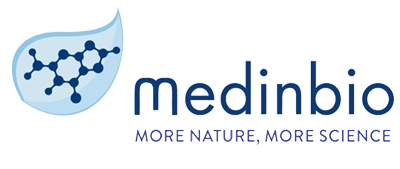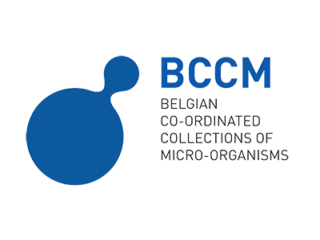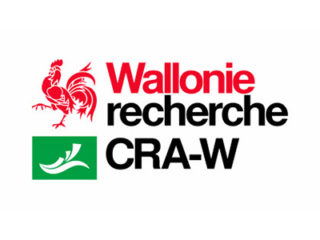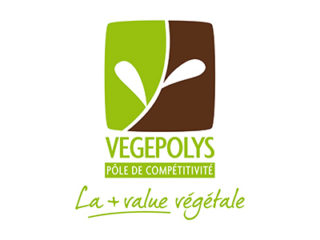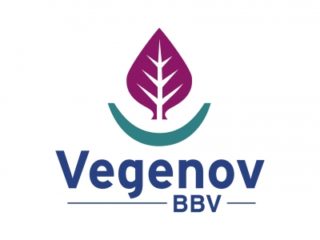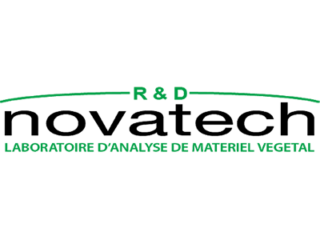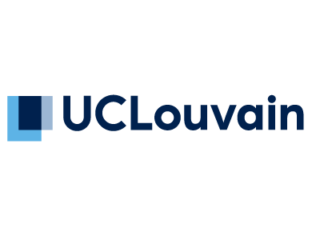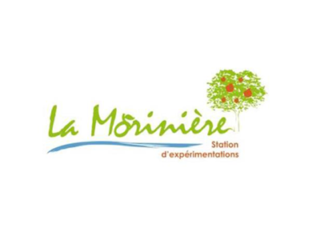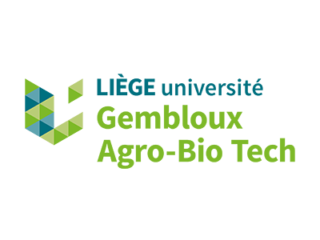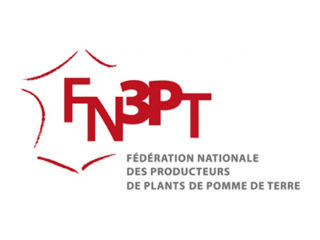Our research partners
Fungal pests
While the classic conventional approach acts by repressing the risk at the right moment by relying on the use of a single solution to a given problem, the system approach® favours the reinforcement of the plant upstream of the risk and the combination of modes of action.
Indeed, the conventional approach is facilitated in the management of risks by the often systemic mode of action of synthetic molecules and their persistence.
When reducing the use of synthetic products or switching to a practice based on the use of natural substances, it is essential to rethink the approach.
By stimulating the plant's defence systems on two levels (root and leaf), we create a barrier whose effectiveness is comparable to the persistence of fungicides, without causing collateral damage to the environment.
Through its expertise, MEDINBIO is a master in the art of combining the best natural solutions in a preventive and curative way in the management of fungal risks. A study is carried out for each pathosystem with particular attention to the development cycle of the pathogen in order to select the best candidates and apply them at the most appropriate time.
Pests
When we free ourselves from the effective but harmful synthetic means of repression, it is essential to know the cycle of the bioaggressor and the plant's defence mechanisms.
This is true even in pest management, where the systems approach allows for the further use and selection of many relevant practices and natural substances to reduce pest pressure.
Several points of action will be studied and evaluated according to the problems: prophylactic measures and winter disinfection, the installation of plants that attract parasite predators, the use of disruptive hormones, the addition of predators (insects or nematodes) according to a protocol that favours their establishment, the use of entomopathogenic fungi, covering physical barriers, and the use of natural repellent substances that disrupt oviposition.
The orchestration of these actions in a program makes it possible to propose a relevant solution to the problem.
Weeds
Even for the difficult question of weeding, MEDINBIO intervenes on two points
- In the interest practice council :
- crop covers with allelopatic properties
- mechanical management actions
- In development of natural active ingredients that potentiate biosourced and registered herbicides.
It is the combination of these actions that constitutes the added value of the aggregative system approach and allows it to show its relevance.

